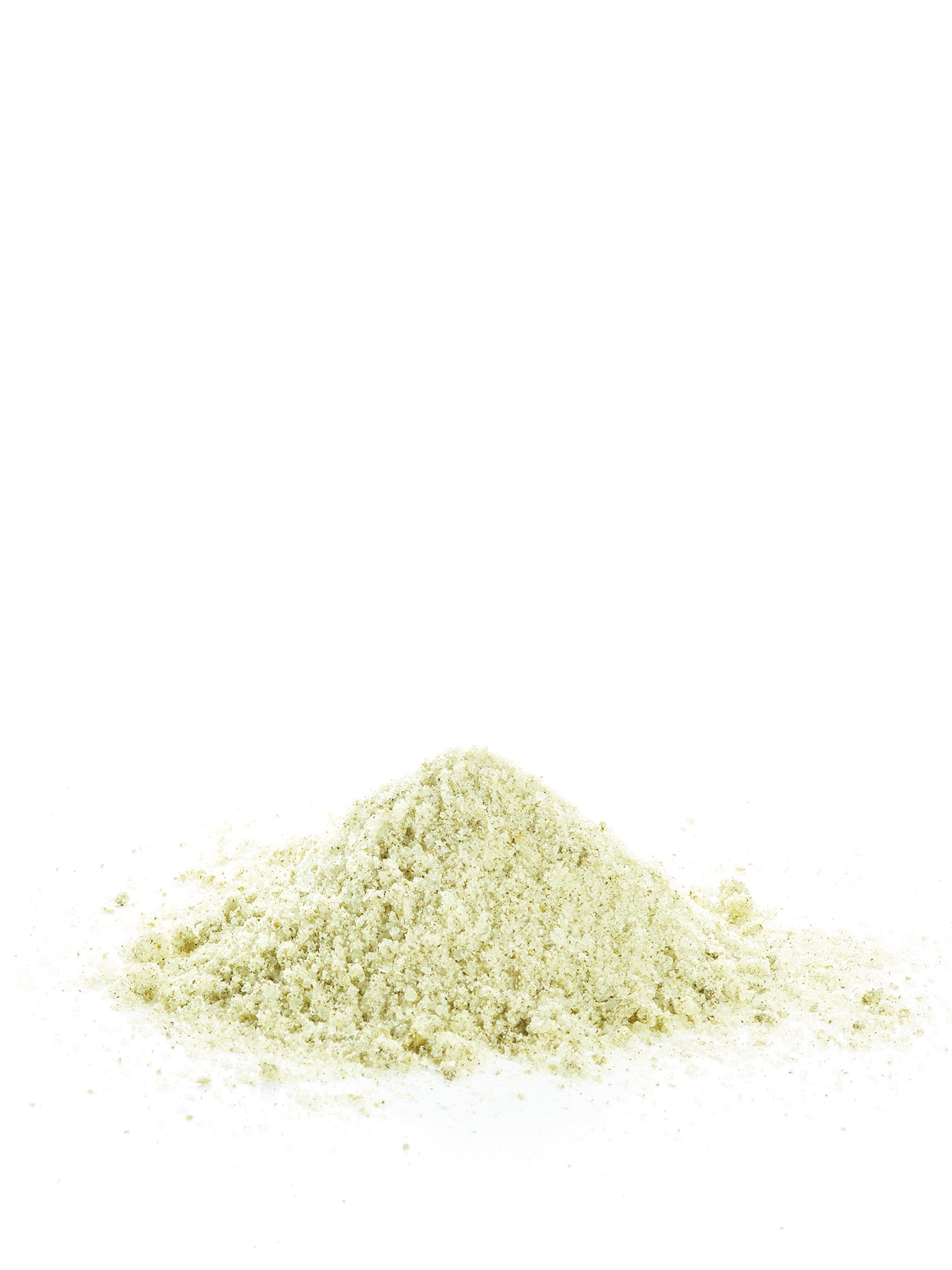

We recommend reading our article How to Use JD-4 to understand how to mix and use the developer and bleach solutions. Formulated to work in a school environment, the JD-4 provides each chemical in dry powered form, which can then be combined with water to easily make the photochemistry solutions needed. The JARB formula is now commercially available as JD-4, a kit that contains all the photochemistry needed to process holograms. As such, the total processing time using JARB can be as short as three minutes, from developing to drying. Finally, drying time is drastically reduced by using warm air (from a hair dryer) because the JARB development hardens the emulsion. The typical development time is 20 seconds. For a 5mW diode laser spreading its beam 40 cm from the plate, the required exposure time for the PFG-03M is approximately 5 to 7 seconds. Thus the exposure time for holograms is one-tenth as long as when processed in the formerly used GP-2 developer solutions. The advantage of JARB is that it effectively increases the sensitivity of PFG-03M ten times, from 1.50 to 0.15 millijoues/cm2. JARB is ideal for making holograms during a lecture demonstration, or for laboratory exercises or workshops where many students must make holograms in a limited time. Commercially, the chemical developer used is now called called JD-4.

Jeong, Riley Aumiller, Raymond Ro, and Jeff Blyth thus it is called the JARB processing regime. The discovery of using JARB for quick processing of holograms recorded on Slavich PFG-03M plates and film was made by Tung H. The application of JARB on PFG-03M resolves all of these problems. These problems prevent schools from using PFG-03M with GP-2 because (1) the low sensitivity means lasers with greater outputs are needed, presenting an eye safety dilemma (2) longer exposure time is required, presenting a mechanical stability problem and (3) the time required for the hologram to dry exceeds the duration of a class or laboratory period. However, this combination is not suitable for school use because of the following factors: (1) the sensitivity of PFG-03M is 1.5 millijoules per square centimeter (mJ/cm2) (2) the development time is 12 - 15 minutes and (3) the holograms must be dried naturally by evaporation, which may require one hour or longer depending on the humidity. One can simply develop such plates in one step using the GP-2 formula. PFG-03M has been used in Russia and elsewhere for making the highest quality exhibition holograms for several decades. In this current article, we will see that PFG-03M with JD-4 developer (JARB) further minimizes these pracitcal limitations. The above problems are addressed in another article by the same authors entitled " Simple Holography". Some of the major problems that prevent greater acceptance of holography in middle and high schools include expense, laser and chemical safety, lack of darkroom facilities, and time limitations in class and laboratory periods. These topics include light propagation, interference, diffraction, polarization, scattering, and photochemistry. It has been well recognized that holography is a valuable subject for introducing young students to all the major topics of modern optics. Keywords: holography, beginner holography, teaching holography, silver-halide processing, PFG-03M, JD-4 1. Other advantages of JARB are (1) low toxicity, (2) low volatility, (3) non-staining, (4) low cost, and (5) long shelf life. JARB has the following advantages: It (1) increases the sensitivity of PFG-03M emulsion ten-fold without sacrificing resolution (2) hardens the emulsion during processing without significant shrinkage (3) has a ten- to twenty-second development time (4) is quick drying using squeegee and warm air and (5) allows the finished hologram to be viewable with laser or incandescent light. Our new processing regime JARB (first letters of the authors’ last names) has makes PFG-03M possible for classroom use. Due to its low sensitivity and long developing time (12-15 minutes if using GP-2 developer, accompanied by natural drying), this material has historically been excluded from use in workshops. These silver halide plates have the highest resolution of its kind and some of the world’s best holograms have been recorded on it for several decades.

A typical number of participants is twenty-five, but can vary depending on space and personnel availability.Ī central original contribution of this paper is the discovery of a new chemical processing regime for the Slavich PFG-03M holographic plates using what is now called the JD-4 developer kit. The target audience is very general, young children to adults of any profession, all of whom have no prior experience in making holograms. This paper is useful for teaching holography workshops in classrooms as well as in makeshift locations such as museums, businesses, and homes. Jeong, Riley Aumiller, Raymond Ro, and Jeff Blythe


 0 kommentar(er)
0 kommentar(er)
